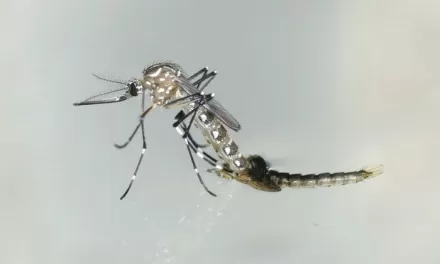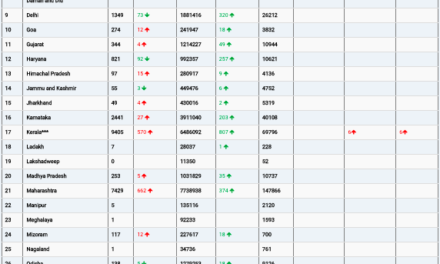In a groundbreaking study published in the Journal of Clinical Microbiology on September 19, researchers from Penn State University and the Pennsylvania Department of Health have demonstrated the potential of wastewater monitoring as an early warning system for foodborne disease outbreaks. The study, focusing on Salmonella enterica, highlights the importance of sewage surveillance in detecting infections within communities, even before clinical cases are reported.
Historically, wastewater monitoring was introduced in the 1940s to track polio outbreaks and gained renewed prominence during the COVID-19 pandemic, leading the U.S. Centers for Disease Control and Prevention (CDC) to establish the National Wastewater Surveillance System in 2020. Now, the same tool shows promise in combating foodborne pathogens, offering public health officials a new method to detect and prevent outbreaks.
Study Findings: Salmonella in Wastewater
Led by Nkuchia M’ikanatha, an epidemiologist with the Pennsylvania Department of Health and affiliated researcher at Penn State, the team monitored two wastewater treatment plants in central Pennsylvania in June 2022. Their aim was to detect non-typhoidal Salmonella, a common cause of gastroenteritis globally, which often goes underreported.
“Current surveillance for Salmonella is suboptimal,” M’ikanatha explained. “Wastewater testing can offer a comprehensive view of diseases circulating within a community, even identifying asymptomatic carriers.”
During the study, researchers identified 43 distinct isolates of Salmonella from the wastewater samples, representing seven different serovars, or groupings of microorganisms. Among them, 20% belonged to a rare serovar called Salmonella Baildon, which was genetically linked to a salmonellosis outbreak in the same region. Notably, the Salmonella Baildon found in wastewater was indistinguishable from samples taken from a patient residing within the catchment area, serving approximately 17,000 people.
Wastewater Monitoring as a Public Health Tool
The ability to trace Salmonella from wastewater to patient cases in the community underlines the potential of sewage surveillance in enhancing traditional foodborne disease monitoring. Ed Dudley, a professor of food science at Penn State and senior author of the study, emphasized the far-reaching implications of this research.
“These findings show that wastewater monitoring can be an early warning system for foodborne disease outbreaks, allowing public health officials to take swift action, possibly even before physicians and laboratories report cases,” said Dudley.
Wastewater monitoring could not only alert public health agencies to outbreaks but also help trace the source of contaminated food more effectively. This approach could reduce the number of individuals affected and improve response times, especially in large populations.
Future Prospects
The success of this pilot study, funded by the CDC, U.S. Food and Drug Administration, and the U.S. Department of Agriculture’s National Institute of Food and Agriculture, paves the way for broader implementation of sewage surveillance. Dudley envisions a future where many domestic wastewater treatment plants contribute samples to monitor a wide array of illnesses, from foodborne pathogens to emerging infectious diseases.
“This study is a crucial lesson from the pandemic. Wastewater monitoring could become a key component of public health strategies in the future,” he concluded.
The research team included experts from various fields, including food safety and epidemiology, emphasizing the need for collaborative efforts across public health agencies, academia, and federal institutions to safeguard communities from foodborne diseases.











